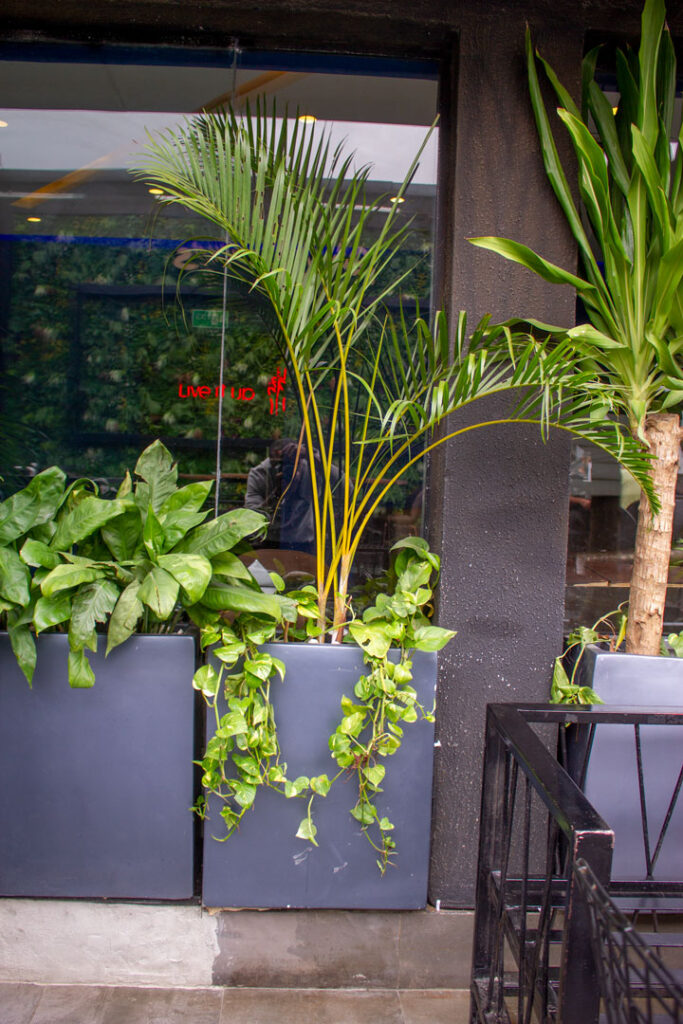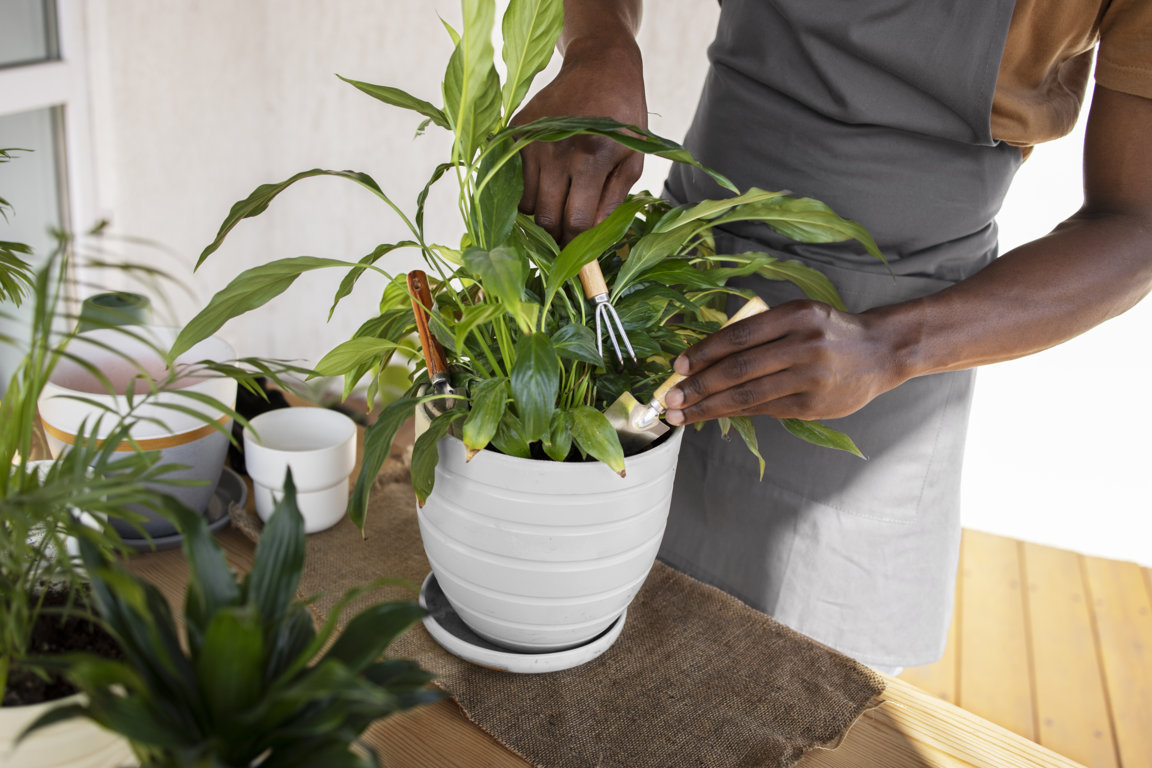Plant Care: How Often You Should Change Water in a Flowerpot
Maintaining healthy plants goes beyond just watering them; it involves understanding the nuances of plant care, including the frequency of water changes in flowerpots. Therefore, this comprehensive guide will help you establish a watering routine.
The importance of changing water for your plants
Water is essential for plant growth as it delivers vital nutrients and minerals to the roots. However, stagnant water can become a breeding ground for harmful bacteria and fungi, leading to root rot and other diseases. Regularly changing the water in your flowerpots helps prevent these issues and ensures optimal plant hydration
Factors Influencing Water Change Frequency
Several factors influence how often you should change the water in your flowerpot
Plant Type: Different plants have varying water needs. While some thrive in consistently moist soil, others prefer drier conditions. Understanding your plant’s specific requirements will guide you in determining the frequency of water changes.
Pot Size and Material: The size and material of your flowerpot play a significant role in water retention. Smaller pots and those made of porous materials like terracotta tend to lose moisture more quickly and may require more frequent water changes.
Environmental Conditions: Factors such as temperature, humidity levels, and air circulation impact the rate of water evaporation from the soil. Water evaporates faster in hot and dry climates, necessitating more frequent water changes to maintain adequate moisture levels.
Soil Composition: Soil that retains water for an extended period may need fewer frequent water changes than well-draining soil mixes. Monitoring the soil’s moisture level will help determine when to change the water.

Practical Tips for Best Watering Your Plants in a Flowerpot
Now that you understand the factors influencing water change frequency, here are some practical tips to ensure optimal watering practices for your plants:
Monitor Soil Moisture: Regularly check the moisture level of the soil by inserting your finger into the soil up to the first knuckle. If the soil feels dry, it’s time to water your plant. Conversely, if it feels moist, hold off on watering until the soil dries out slightly.
Use a Drainage System: Ensure your flowerpot has adequate drainage holes at the bottom to allow excess water to escape freely. This helps prevent waterlogging and reduces the need for frequent water changes.
Water from the Bottom: Consider watering your plants from the bottom rather than the top. This allows the roots to absorb water without saturating the soil surface, reducing the risk of waterborne diseases.
Regular Maintenance: Make it a habit to inspect your flowerpots regularly for signs of water accumulation, mould growth, or root rot. Promptly remove any stagnant water and trim affected roots to prevent the spread of disease.
Conclusion:
By understanding these factors and implementing practical watering tips, you can ensure optimal hydration for your plants and promote their overall health and vitality. Maintaining a healthy moisture balance is key to nurturing thriving plants in your indoor or outdoor garden but more importantly, use the best flowerpot there is for your plant health, which is fiberglass flowerpots.
Plant Care: How Often You Should Change Water in a Flowerpot


